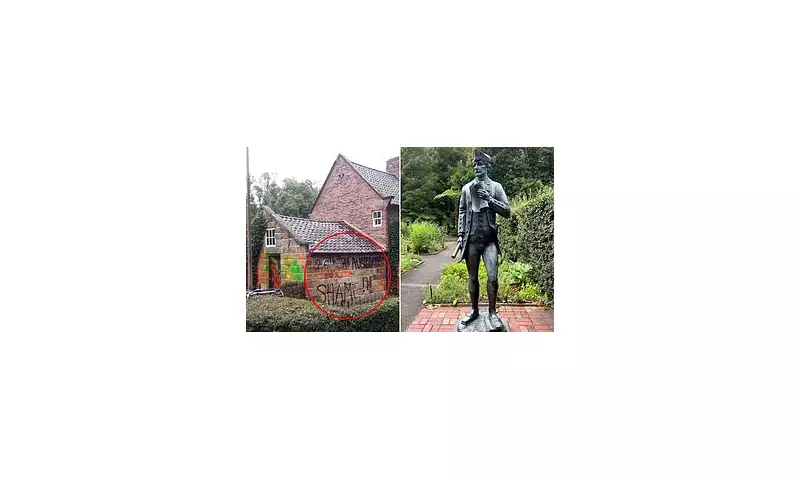
The future of one of Melbourne's most iconic historical landmarks hangs in the balance as a controversial proposal suggests relocating Cooks' Cottage from its longtime home in Fitzroy Gardens to the parliament precinct.
This dramatic move, put forward by Reconciliation Victoria, aims to transform the cottage into an educational centre about colonial history and its impact on Aboriginal communities. The 18th-century structure, built by Captain James Cook's parents in 1755 and transported from England in 1934, has become the unexpected focal point of Australia's reconciliation debate.
Historical Significance Versus Colonial Legacy
The cottage stands as a complex symbol of Australia's colonial past. While some view it as an important historical artifact celebrating Cook's voyages, others see it as representing the beginning of dispossession and suffering for Indigenous Australians.
Reconciliation Victoria argues that relocating the cottage to the parliamentary precinct would create "a more appropriate setting" for educating visitors about both the positive and negative aspects of colonial history. The organisation believes this move would demonstrate respect for Aboriginal peoples' experiences while preserving the structure's historical value.
Mixed Reactions from Melburnians
The proposal has sparked strong reactions from Melbourne residents and historians alike. Supporters of the move see it as a meaningful step toward acknowledging the full scope of Australia's history, including the devastating impacts of colonisation on First Nations peoples.
However, opponents argue that removing the cottage from Fitzroy Gardens would erase an important part of Melbourne's heritage. Many residents have formed emotional attachments to the landmark during its nearly 90-year presence in the gardens, seeing it as an integral part of the city's cultural landscape.
The Complex Journey of Cooks' Cottage
The cottage's history is itself a story of transplantation and adaptation. Originally constructed in Yorkshire, England, the building was dismantled stone by stone and shipped to Melbourne in 1934 during the city's centenary celebrations. Since then, it has become one of Melbourne's most visited tourist attractions, drawing thousands of visitors annually to learn about Captain Cook's legacy and early Australian history.
The current debate reflects broader conversations occurring across Australia and other former British colonies about how to appropriately acknowledge and address historical injustices while preserving important historical artifacts.
Finding Balance in Historical Interpretation
As discussions continue, both sides seek a solution that respects Aboriginal perspectives while maintaining access to historical landmarks. Some suggest alternative approaches, such as enhancing educational programmes at the current site or creating new installations that provide context about the cottage's complex legacy.
The outcome of this debate may set important precedents for how Australia handles other colonial-era monuments and landmarks, making it a nationally significant discussion about memory, history, and reconciliation.





